Computing
-
MOORE’S LAW
Reports of a slowing in Moore’s Law are inaccurate. Graphical processing units, used for artificial intelligence, have kept it on track.
-
SENSORS
Not only is the cost of sensors going down 15% per year, but their quality and sensitivity is simultaneously going up at the same rate. Ultra-low-field sensors that ping the network less frequently reduce the cost 10x.
-
DIGITAL MANUFACTURING
Already, we can print 3-D devices and stents that are a precise fit for any patient. Bioprinting tissues, even organs, will be necessary for every hospital.
-
MIXED REALITY
Imagine hospice pods where the dying are virtually transported to sunny beaches. Imagine replacing medical charts with visualizations of a patient’s different systems.
-
SMARTPHONE CANOPY
By 2020, 7 billion people will be connected to the internet. 5G wireless will increase data transfer speed by 100x over 4G. Phone plug-ins turn a phone into a medical device that can read scans, connect to sensors, process lab tests and offer telemedicine.
-
BLOCKCHAIN
The future of security is splintering data into infinite fragments stored all over the world. Each fragment is meaningless on its own. The index is kept in unhackable blockchains.
-
QUANTUM COMPUTING
Massively more powerful than classical computers, quantum computers will let us create tomorrow’s drugs in a fraction of the current R&D cycle—and easily break the military-grade cryptography protecting today’s medical records.
